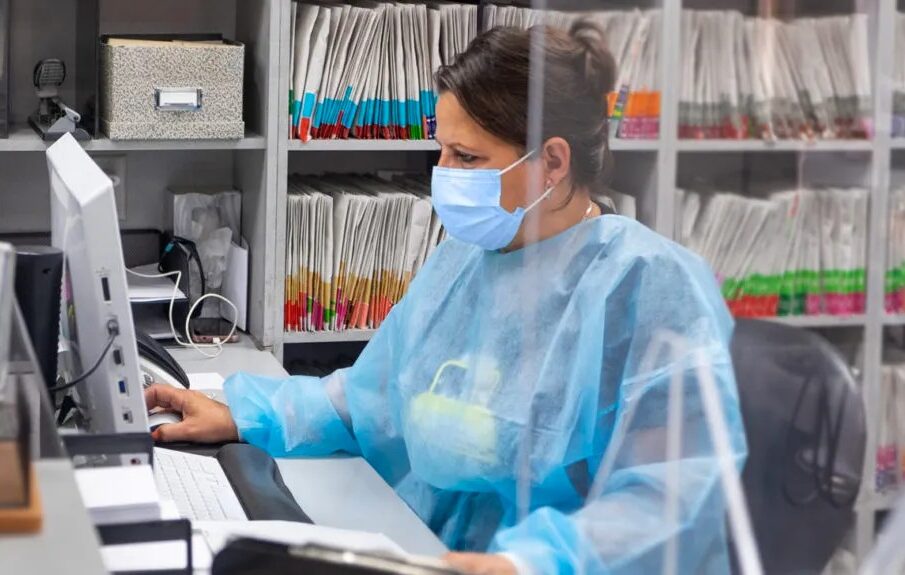Physical Security for Hospitals and VIPs

Physical security is an integral part of the hospital environment. It is a necessary component that ensures the safety of the patients and staff. It also protects the property and assets from theft, vandalism, unauthorized entry, or any other form of physical harm.
Here, we will provide you with a comprehensive guide to physical security for hospitals and VIPs. We will cover topics such as access control, perimeter protection, CCTV surveillance systems, intrusion detection systems, data protection and much more!
The first thing we need to do is to recognize the different types of security. The three main types are physical security, computer security, and hospital security. Physical protection is the most basic form of protection and it is mostly used for securing a building or a facility. Hospital protection is an important step in protecting the patient, who may be in a vulnerable state.
Physical security refers to the measures taken to protect people and property from physical threats, like theft, fire or vandalism. Computer security refers to all measures taken to protect data stored on computers from unauthorized access or damage as well as methods used on communications networks, such as email and instant messaging programs. Hospital Security refers to all measures taken when providing care for patients in hospitals such as preventing theft and violence against patients by other patients or visitors.
What Makes Hospitals a Special Site of Concern?
Hospitals are a special site of concern because of the sensitive and confidential data they store. It is important for hospitals to have proper security protocols in place to protect their patients, employees, and visitors from cyber attacks.
Security zones are an important aspect of any hospital’s security protocol. These zones are set up in order to protect sensitive areas of the hospital from unauthorized access. Critical infrastructure sites are also a potential target for cyber attacks and should be protected accordingly.
How Hospitals Protect Patients on a Day-to-Day Basis
Hospitals provide a safe environment for patients to recover and get healthy. They have several procedures in place to ensure that the hospital is clean and safe for patients. Hospitals have own security team to protect hospital patients and infrastructure and they provide latest security weapons like pump action shotgun to their security team.
Standard operating procedures are in place to protect patients from infections and other diseases. This includes hand-washing, sterilizing equipment, and taking care of food safety.
What Kind of Physical Security Measures Should Hospitals Take?
There are many security measures that hospitals can take to protect their patients and staff. The first thing they should do is make sure they have a clear evacuation plan in place. They should also invest in an emergency power generator and a backup water supply.
Hospitals are a place of safety for many patients. For both patients and caregivers, hospitals often feel like a refuge from the outside world. However, not all hospital environments are created equally. There are many factors to consider when designing a hospital’s emergency response plan, but two of the most important issues to address are how patients will be evacuated in an emergency and whether or not there is enough space on site.
Conclusion and Next Steps for Hospital Safety
The conclusion of the report is that hospitals are not as safe as they should be. There are many problems that need to be addressed in order to make them safer.
The next steps for hospital safety will be to address the issues that have been found in the report and also to identify new ways of making hospitals safer, such as implementing new safety standards, providing better training for staff, and more.










